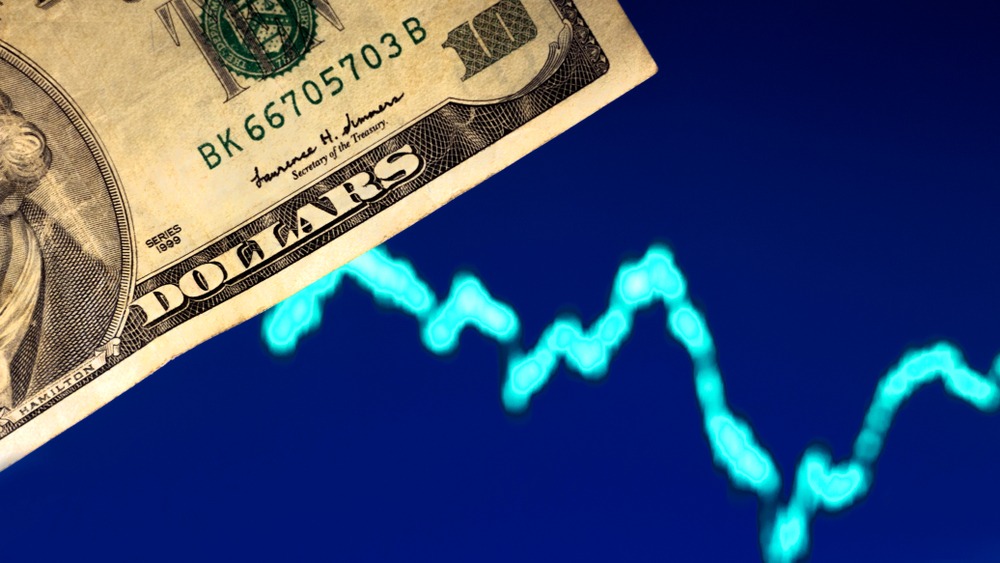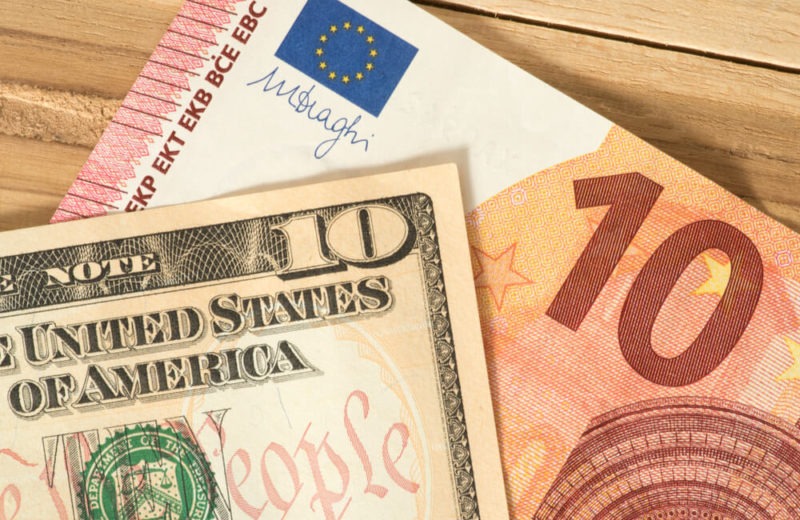The Canadian dollar (CAD) is likely to lose some of its recent gains with the Bank of Canada’s more hawkish stance offset by potential dialing back of the U.S. Federal Reserve’s asset purchase program.
In the May 3-5 poll, the median forecast of nearly 40 strategists was the CAD to weaken by 1%. That will be over the next three months to 1.24 per U.S. dollar, or 80.65 U.S. cents. Compared to 1.23 of April’s poll, investors expected to trade at that same level in one year.
Mazen Issa, senior FX strategist at TD Securities in New York said they think a lot of good news is in the price of the CAD. So they look for a little bit of tactical softening, he said.
Since the start of the year, the loonie has risen 3.7%. This was the biggest gain among G10 currencies, touching its strongest intraday level on Wednesday, since February 2018 at 1.2252.
The loonie has been boosted by higher prices for commodities such as oil, one of Canada’s major exports. Moreover, by an improved outlook for the domestic economy as the rollout of the COVID-19 vaccine starts to speed up.
Furthermore, in April, the Bank of Canada changed its guidance. That was to show it could start raising its benchmark interest rate from a record low of 0.25% in late 2022.
The central bank also tapered its bond purchases, and became the first major central bank to cut back on pandemic-era money-printing stimulus programs.
The Federal Reserve
According to analysts, the Federal Reserve could follow the BoC’s lead.
They think that the odds are increasing that the Fed will have to acknowledge the strength in the U.S. economy. Also, to hint at a taper in late summer/early fall. This was a statement from George Davis, chief technical strategist at RBC Capital Markets.
He also said that this would lead to a re-pricing in U.S. interest rate expectations likely to boost the USD as the timing for U.S. rate hikes is brought forward.
The Fed’s current guidance is to leave interest rates on hold until at least 2024.
Two Bank of Canada rate hikes are expected by money markets in 2022. This was in contrast to one from the Fed, reflecting the Canadian central bank’s more hawkish guidance.
However, past tightening cycles indicate that a more speedy liftoff for the BoC may not be sustained.
Issa said that things are not moving in isolation. At the end of the day, FX is a relative game, she added.
Elsewhere, In the European session, NZD/USD is trading at 0.7212, down 0.03% on the day.














